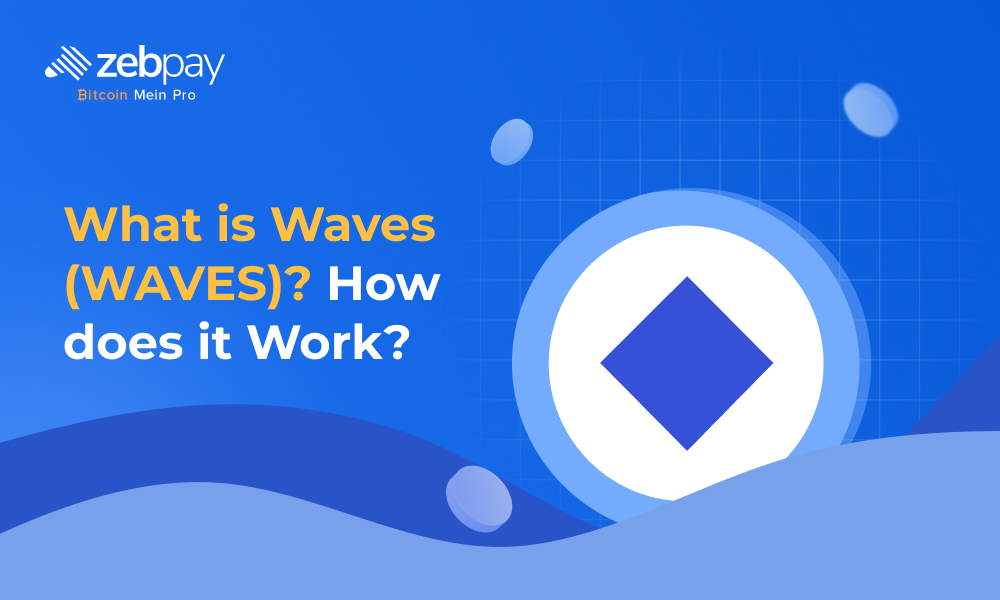In our previous blog in the Navratri series, we uncovered the transformative power of blockchain and crypto. In this blog let us take a deeper look into the research process of Crypto investing and how you can energize your portfolio through this powerful but often overlooked aspect.
How to Get Started With Research?
Often, retail investors are swayed away by emotions. Some might come across tips to invest on social media, while others may get suggestions from their friends and family to buy a certain investment product. While advice can surely help gather different perspectives, it is imperative to note that in the end it is your hard-earned money that you will be investing, and it is always best to fully comprehend what you are buying or selling. Hence, we have listed down two ways to get started with research.
Top-Down Approach
The first way is the Top-down approach. In this approach, an investor usually starts by understanding macroeconomic situations first. Money flow in the financial markets is often an output of the interest rates set by central banks. If the rate of interest to borrow money is less, that means that credit is available cheaply.
Now why is this important? This is because, just like how retail investors usually buy a house or pay for their education using loans, big institutional investors use money available through credit to buy and sell in the financial markets. This is why institutional wealth and money flow from the central banks are often called “ smart money”. Smart money is usually the most powerful component of the financial system. If more institutions and wealthy investors buy crypto, the prices might move upwards. Similarly, if credit is not available cheaply and institutions are not keen on participating actively in the market, we might see a consolidation phase or a bear market.
Once you fully understand credit cycles, smart money activity, trading activity by whales( powerful investors of the crypto markets), etc, you can dive deeper into different sectors within the Crypto market such as Metaverse, Defi, AI-based crypto tokens, and more. This is the time when you pick tokens based on the fundamental attributes of the token. One should ask basic questions such as: What problem is the crypto trying to solve? Does it have a strong team to facilitate future developments? What are the real-world applications? And more.
Read more: Navratri Crypto Day 3
Bottom-Up Approach
This is the exact opposite of the top-down approach. Instead of starting on a macroeconomic or policy level, you can start researching notable crypto projects that are making a change.
Once research at a coin level is done, one can analyze the historical price movements and other technical indicators such as – support and resistance, moving averages, strength indexes, and more. There are hundreds of technical indicators available and indicators can also be custom built on trading tools. So it is important to have an open mind and experiment while learning.
Read more: Guide To Crypto Technical Analysis
Conclusion
The above-mentioned approaches are a way for you to get started with your Crypto research. Do note that there are several complexities involved in research, and it takes time and patience to sharpen your skills. It’s important to constantly keep yourself updated with the latest developments in the industry. It is also vital to note that both these approaches are unique in their own way and to ask “Which one is better?” is shortsighted. The better question to ask is- “Which approach suits me best?”. Once you make your choice, you can immerse yourself in learning and experiment and optimize. Remember that investing is an infinite game without a predefined output. It is important to be clear, patient, and adaptable to do well in the financial markets.
To learn more about Crypto, Web 3, and Blockchain, visit ZebPay blogs. Click on the banner below to join the millions taking part in the Navratri festive celebrations. Stay tuned for our next blog which will detail “Importance of keeping your Crypto Secure” in this 9-part series.








